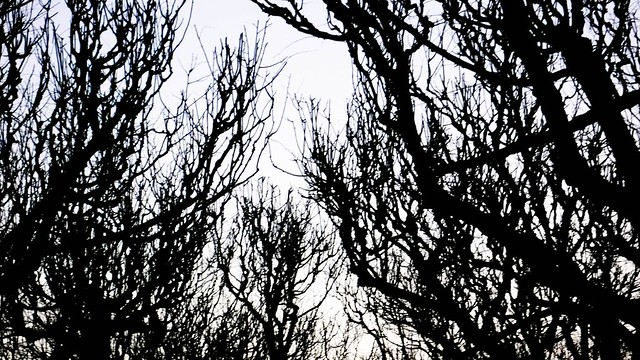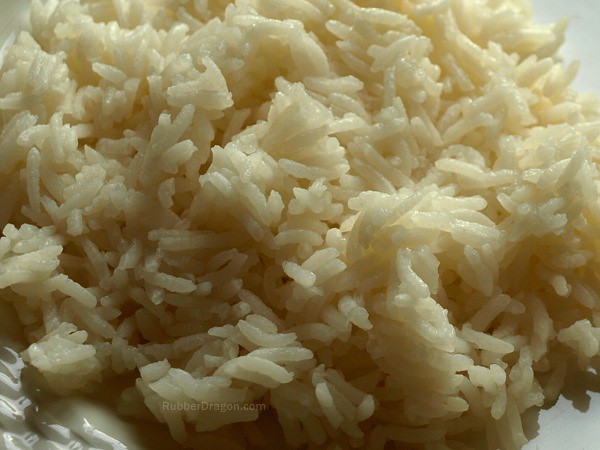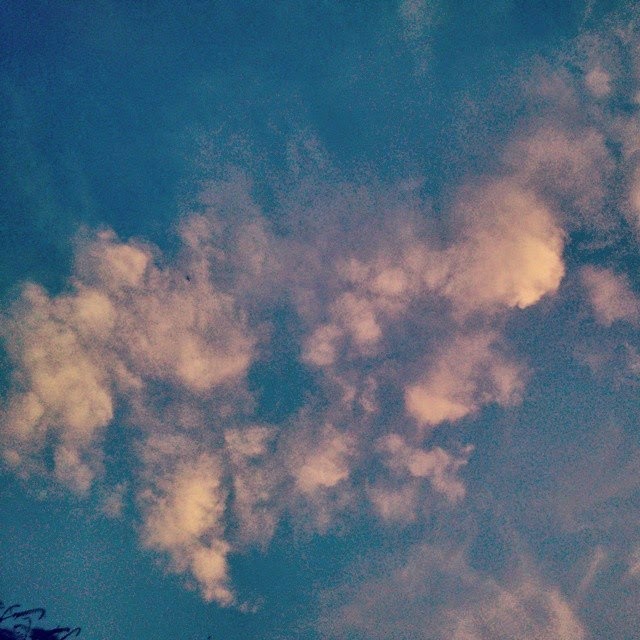According to Gabbar, whenever a child wept in a far away
village his mother used to say “Chup hoja warna Gabbar aa jayega”.
 |
| This scary image by: akira_kev |
I think parents in Amroha got highly inspired with this
dialogue and they decided to implement it on their children. It was
required for those naughty and mischievous children who refuse to stay
inside even during foggy winter evenings and heat stroking summer afternoons. So parents of every locality invented some characters to scare their children and
make them a little obedient. Here is a list comprising some of them and their
characteristics:
- Chaukidaar: Children who refuse to go to bed are scared with chaukidaar. They are told if they don't sleep early chaukidaar will take them with him. And actually a chaukidaar used to arrive shouting " Jaagte raho", every night after 11 o'clock. It is a 100% working trick. Poor children don't even know "chaukidaar" is an Urdu word for night watchmen.
- Sai Baba: This name is given to beggars who sing and carry big bag for keeping food items they receive. Children are made to believe that if he find you playing outside your home during afternoon he will kidnap you. And he carries children in his bag, those who disobey their parents.
- Mauli Atta: A mentally disturbed person in a locality is named mauli. And there are many in the city. Their look and attitude in itself is enough to scare any child and parents make sure to use him on their children.
Apart from these local characters children are often scared with global ghosts too. Kala Djinn, Chhalawa, Aatma are some of them.
All these scary characters played an important role in everybody's childhood in Amroha. I know there were many others. Do you remember any of them??
All these scary characters played an important role in everybody's childhood in Amroha. I know there were many others. Do you remember any of them??


.jpg)









